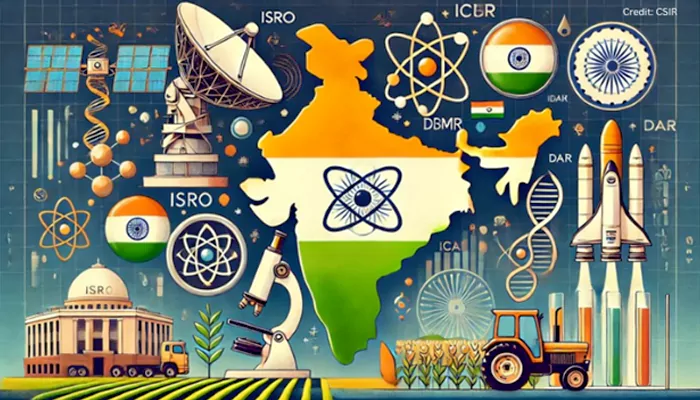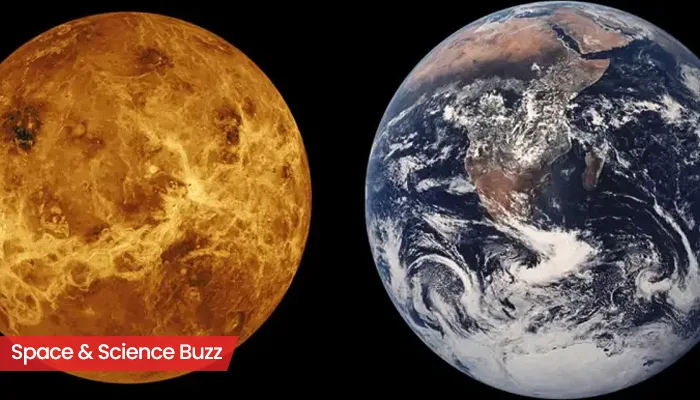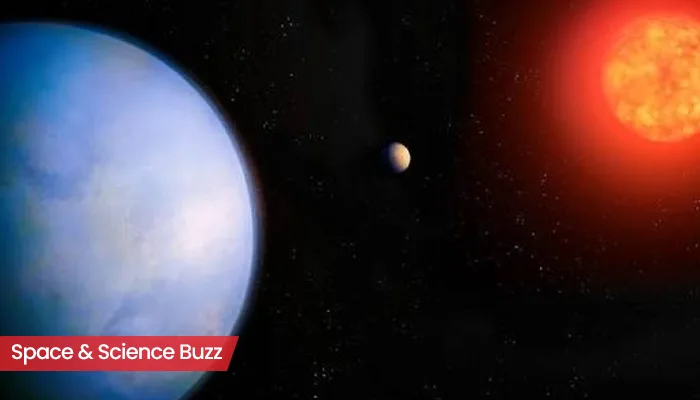NASA Unveils Six Groundbreaking Telescopes to Track Gravitational Waves — Here's What You Need to Know
- Devyani
- 1 year ago
- 3 minutes read

NASA has unveiled the first full-scale prototype of six telescopes designed to revolutionize our comprehension of the universe through space-based detection of gravitational waves.
The Laser Interferometer Space Antenna (LISA) mission is a joint initiative between NASA and the European Space Agency (ESA), scheduled for launch in the mid-2030s.
Gravitational waves are distortions in spacetime produced by the acceleration of massive objects. First predicted by Albert Einstein in 1915 within his general theory of relativity, these waves move at the speed of light and originate from cataclysmic astronomical events, including the merging of black holes or neutron stars, as well as the explosive death of massive stars in supernovae.
As a partner on @ESA’s LISA (Laser Interferometer Space Antenna), @NASA has provided a full-scale prototype for the six telescopes that will help LISA's three spacecraft detect gravitational waves in space.
— NASA Universe (@NASAUniverse) October 22, 2024
Meet the Engineering Development Unit Telescope: https://t.co/mwllICVEE4 pic.twitter.com/WvAxtYmYaa
What will LISA’s Job be?
The LISA mission will feature a groundbreaking design that includes three spacecraft positioned in a triangular formation, with each side measuring approximately 1.6 million miles. This extensive setup, surpassing the size of the Sun, will utilize lasers to detect minute changes in distance between the spacecraft, enabling the identification of gravitational waves generated by cosmic occurrences such as colliding black holes. Central to this innovative technology are the twin telescopes located on each spacecraft.

NASA is tasked with delivering all six essential components for the mission. The newly revealed prototype, known as the Engineering Development Unit Telescope, will act as a benchmark for creating the final flight hardware. Built by L3Harris Technologies in Rochester, New York, the prototype telescope was delivered to NASA's Goddard Space Flight Center in May. Its primary mirror is coated in gold to improve the reflection of infrared lasers and reduce heat loss in the frigid vacuum of space.
The telescope is made entirely from Zerodur, a unique amber-colored glass-ceramic renowned for its remarkable thermal stability. Manufactured by Schott in Mainz, Germany, this material is essential for preserving the telescope's precise shape over a wide range of temperatures.

With its exceptional sensitivity, LISA will be capable of detecting gravitational waves at picometer scales—trillionths of a meter. This advancement will provide new opportunities for exploring the universe, enhancing traditional astronomical observations and deepening our understanding of cosmic phenomena.
As the LISA mission moves forward towards its anticipated launch in the mid-2030s, this prototype telescope signifies a major technolo



.webp)
.WEBP)
.WEBP)
.webp)
.webp)


.webp)
.webp)
.webp)